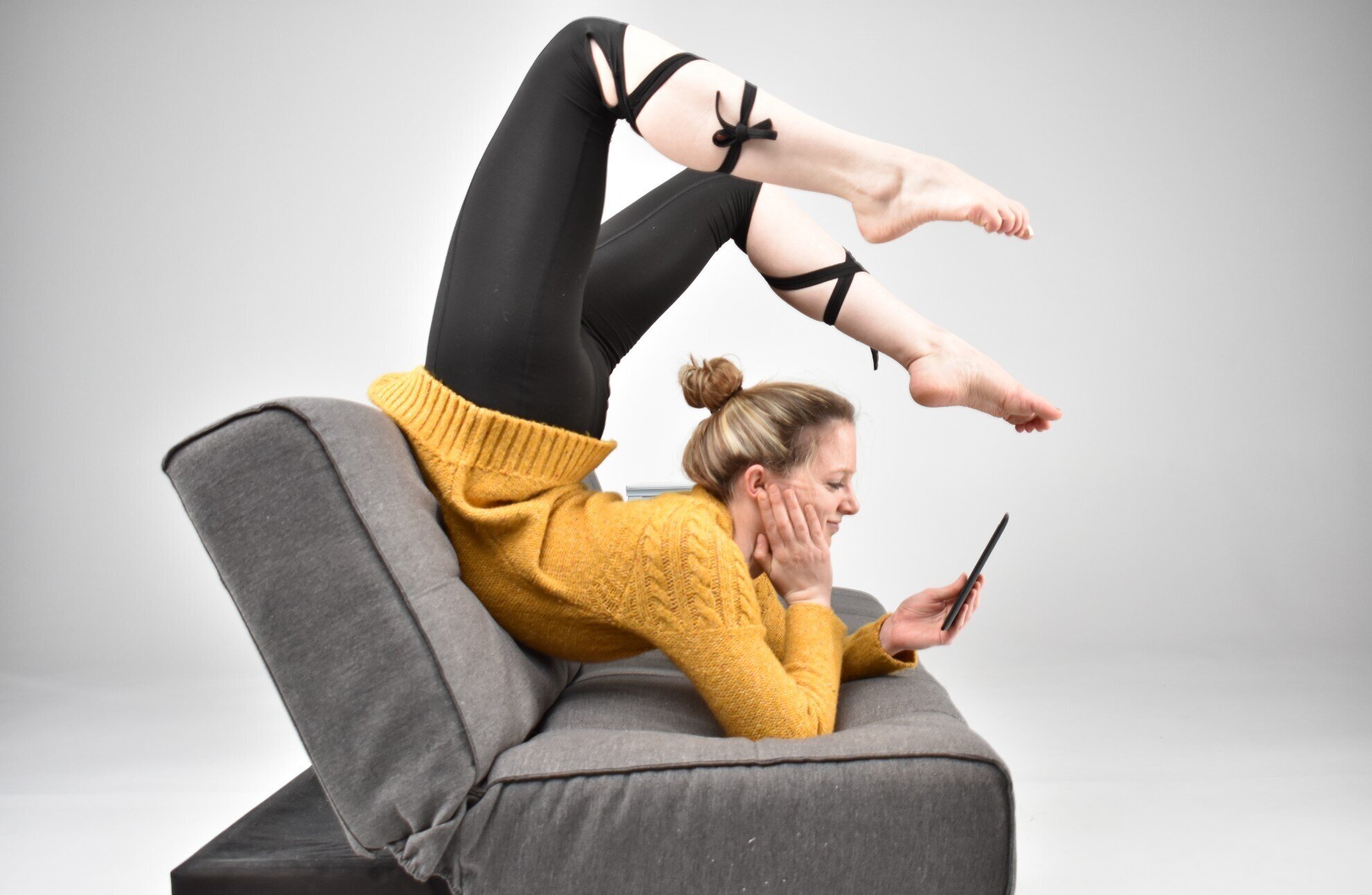TIPS, TRICKS & HOW-TOs
The Bendy Blog: Flexibility Training Articles
Filter posts by topic:
All Posts / Bridges / Contortion / Front Splits / General Back Flexibility / General Flexibility Tips / General Lower Body Flexibility / Middle Splits / Neurodynamics / Shoulders / Straddles / Yoga /
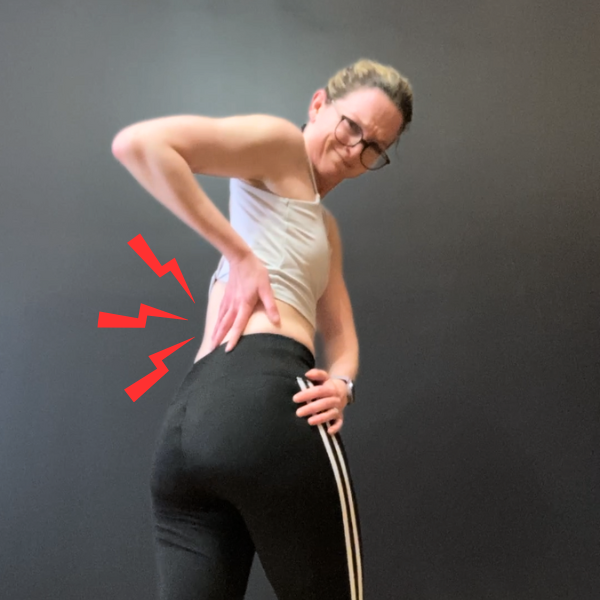
Help! My Back Hurts After Backbending
This is a common question I get from students, especially students new to working on back flexibility. It’s not uncommon to get some mild back pain the day after working on backbends, so it’s important to be able to differentiate between “productive” muscle soreness and “red flag” pain indicating improper training technique.
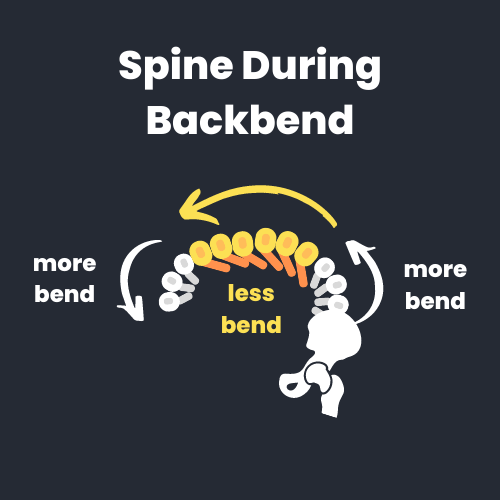
Why Your Upper Back Sucks at Backbending (and How to Make it Suck Less)
Are you struggling to bend from your upper back? You’re not alone! In my 11+ years of training & teaching, I’ve found vast majority of students have a hard time arching through their upper back in backbends - and that’s because our upper back isn’t really designed to bend. Thankfully you don’t have to be doomed to have a flat-as-a-board upper back in all your bridges and backbends forever. With the right training and coaxing, anyone can improve their upper back flexibility and let it join in on the backbending part-ay!

How to Get More Open Shoulders in a Bridge
If you feel like most of the bend in your bridge comes from your low back - you’re not alone! For the vast majority of the population, a bridge (or “full wheel” in yoga) is a low-back dominant pose, taking advantage of the natural curve of your lumbar spine. If your bendy aspirations are to even out your bend (and progress to deeper backbending poses), you’ll need to learn to recruit your shoulders and upper back.
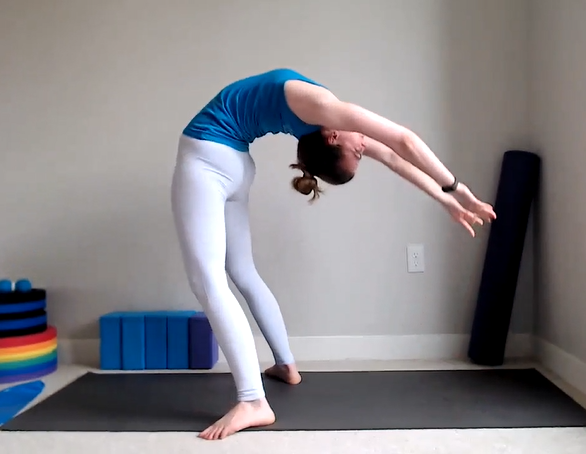
How to Stand Up from a Bridge (aka “Raise the Dead”)
Being able to stand back up from a bridge is a common goal for contortionists and advanced yogis alike - and it’s quite the challenge given the amount of glute, hip and core strength required! This is an advanced skill I would suggest working with a coach on if you haven’t done any form contortion training/classes before to make sure you understand the proper engagement to safely get into deep backbends.
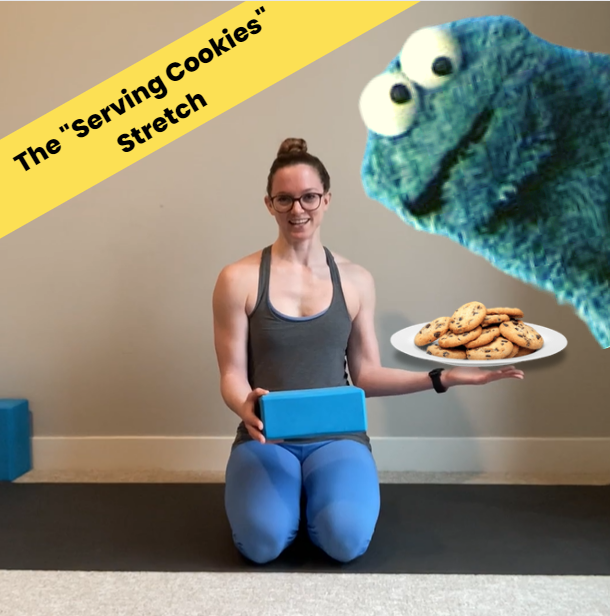
5 Drills for Improving Overhead External Shoulder Rotation
Lack of external shoulder rotation - whether it’s for a backbend like a bridge, or a flat back shape like a handstand - can be a limiting factor for both flexibility newbies and aspiring contortionists alike. And this is especially challenging if you also struggle with shoulder flexion (being able to reach your arms straight overhead). Read on for a full routine to strengthen and stretch your overhead external shoulder rotation for bendier bridges and happier handstands!

The Importance of “External Shoulder Rotation” in a Backbend
Shoulders can be a confusing body part (ok body parts depending on how you want to define it!) - there’s a lot of different ranges of motion they can move. That’s why it’s so important to condition them and make sure they’re strong to support the multiple ranges of motion your movement discipline requires. For backbending and shoulder flexibility for things like a bridge (aka full wheel), forearm stand, or handstand, a common shoulder position to drill and strengthen is our external shoulder rotation to stabilize our shoulders and allow for a deeper bend in both the shoulders and upper back.

Pushing Up Into a Bridge: Progression
Are you struggling with the shoulder flexibility (and strength) needed to push up into a full bridge? Boy oh boy do I have a ridiculously thorough blog post for you! Read on for a full stretching routine that includes active and passive stretches to improve your shoulder overheard flexibility and press up strength!
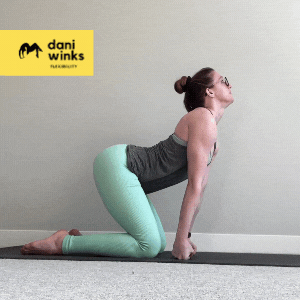
6 Cat-Cow Variations for Spinal and Shoulder Mobility
These are some of my favorite variations of the Cat/Cow exercise that help get a different stretch in your back and shoulders than the "traditional" version.
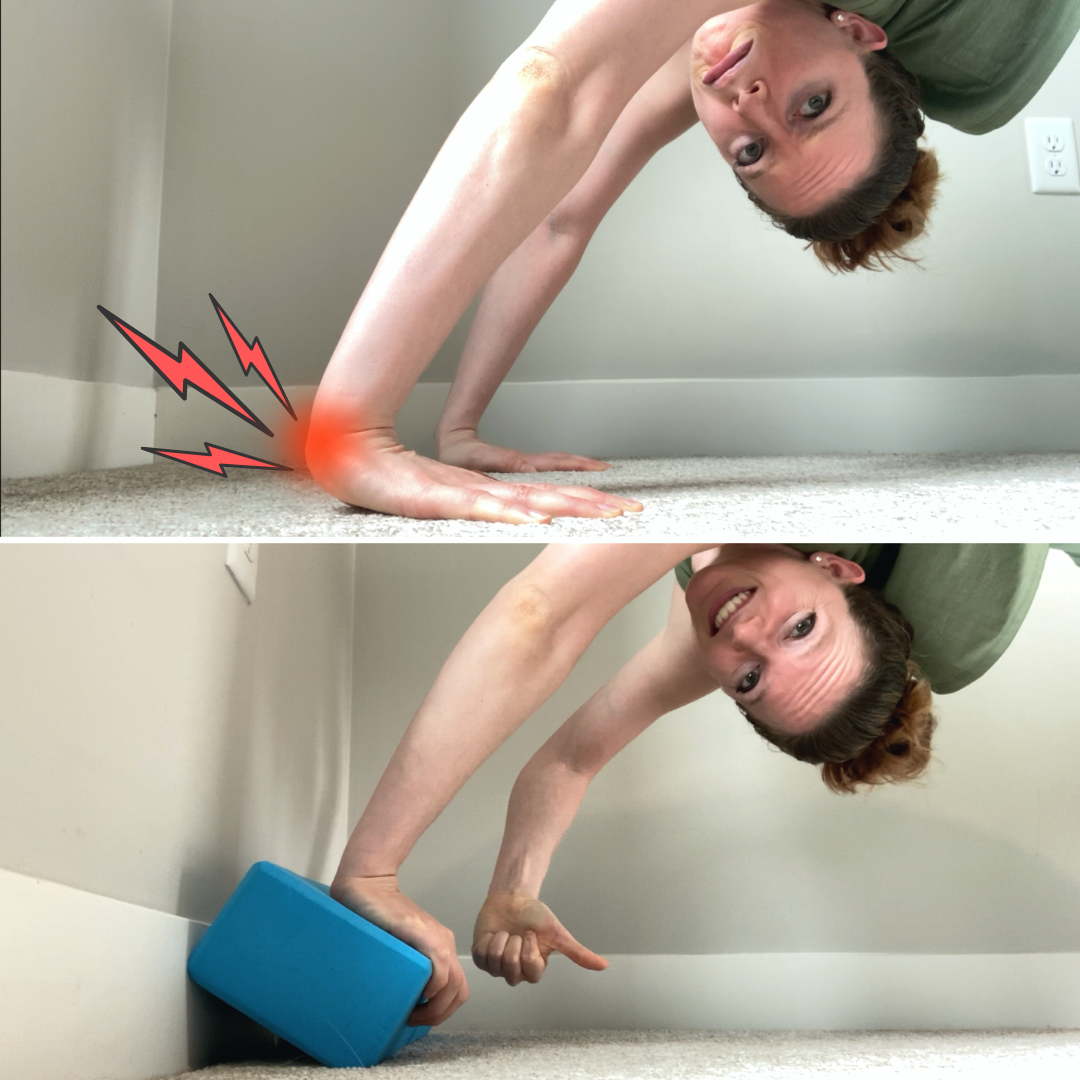
Help! My Wrists Hurt in a Bridge
If you’re new to working on bridges (aka “full wheel" pose”), you may experience some discomfort in your wrists since they’re not used to supporting your body weight in such a flexed position. Thankfully there are plenty of adjustments you can make to make your bridges more wrist-friendly in the short term while you work on your wrist strength & flexibility in the long-term (also continuing to work on your back and shoulder flexibility will help your wrists too - more on that later!).

Back Extensions: The Backbender’s Broccoli
Whether you are a seasoned yogi, novice contortionist, or just plain working on your back flexibility, back extensions are arguably the best conditioning exercise you can possibly do for your back flexibility. I like to call them a “broccoli” exercise - they’re part of a healthy “diet” of backbending training . . .

Working Towards King Pigeon Pose (Eka Pada Rajakapotasana)
Being able to touch your foot to your head in Pigeon pose (aka King Pigeon, or Eka Pada Rajakapotasana for you yogis) is a great goal for intermediate and advanced students who are interested in working their full body flexibility because it really does require your full body. Also obviously it looks pretty damn cool, which is also a totally appropriate reason to want to be able to do a pose. Below are some suggested variations and drills to help your progress towards a backbend-ier Pigeon.
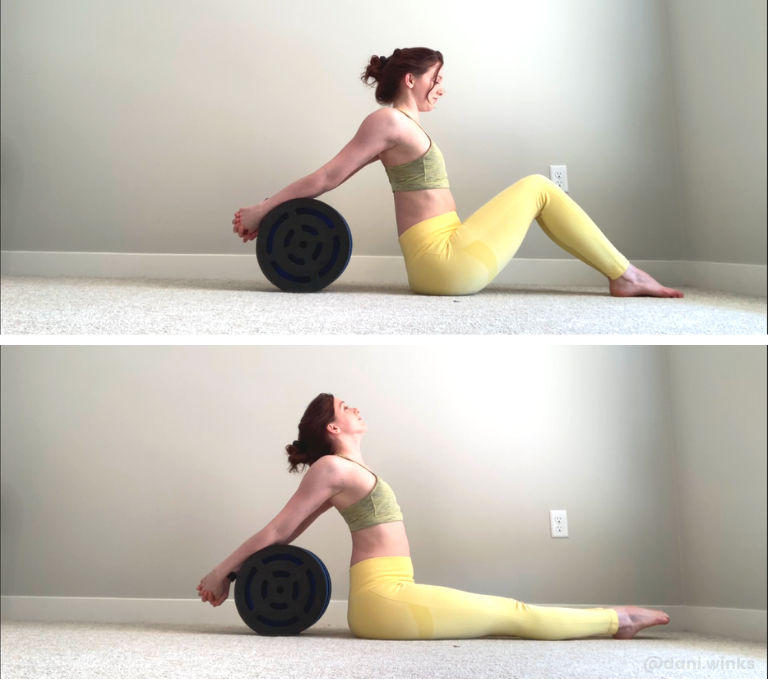
Body Wheel Stretches for Back & Shoulders
Last week I talked about some of my favorite active back and shoulder exercises using a body wheel (or yoga wheel), this week I’m covering some of my go-to passive stretches using a wheel.

